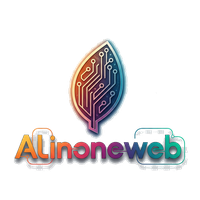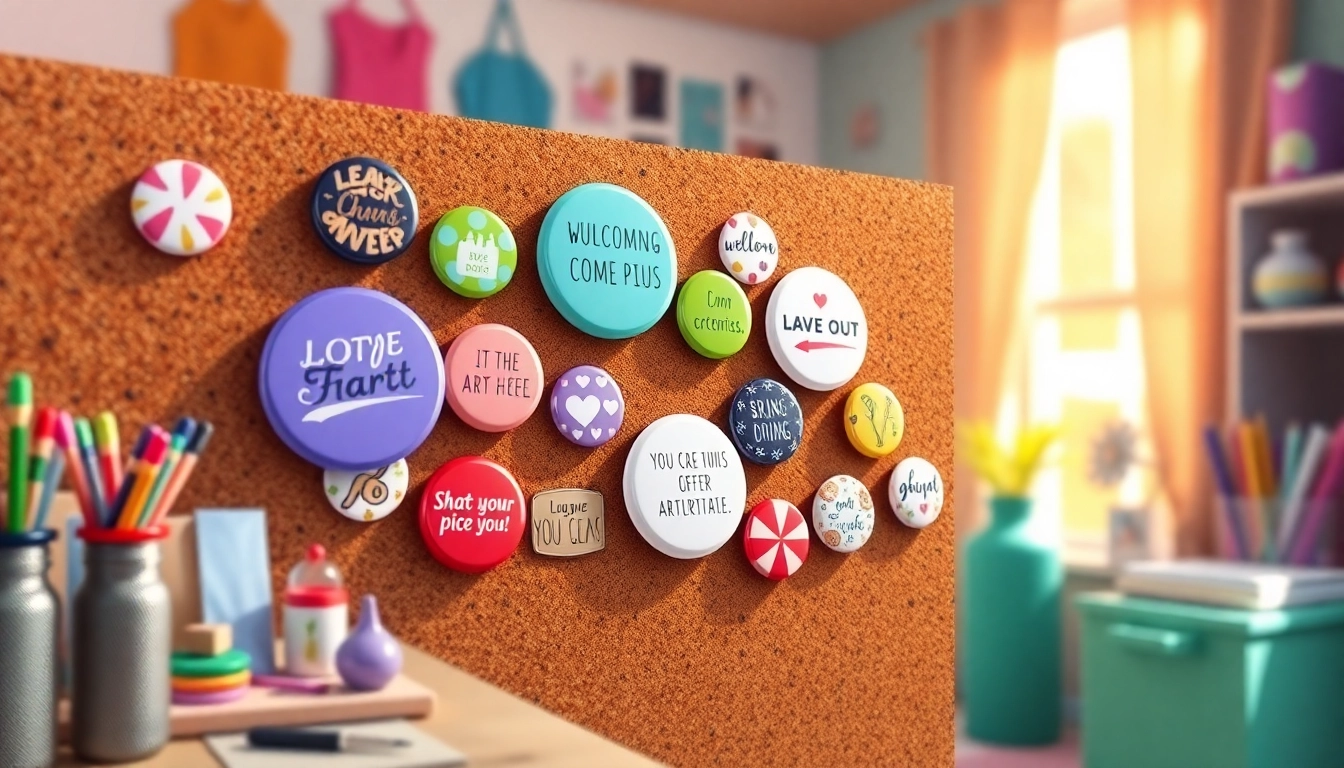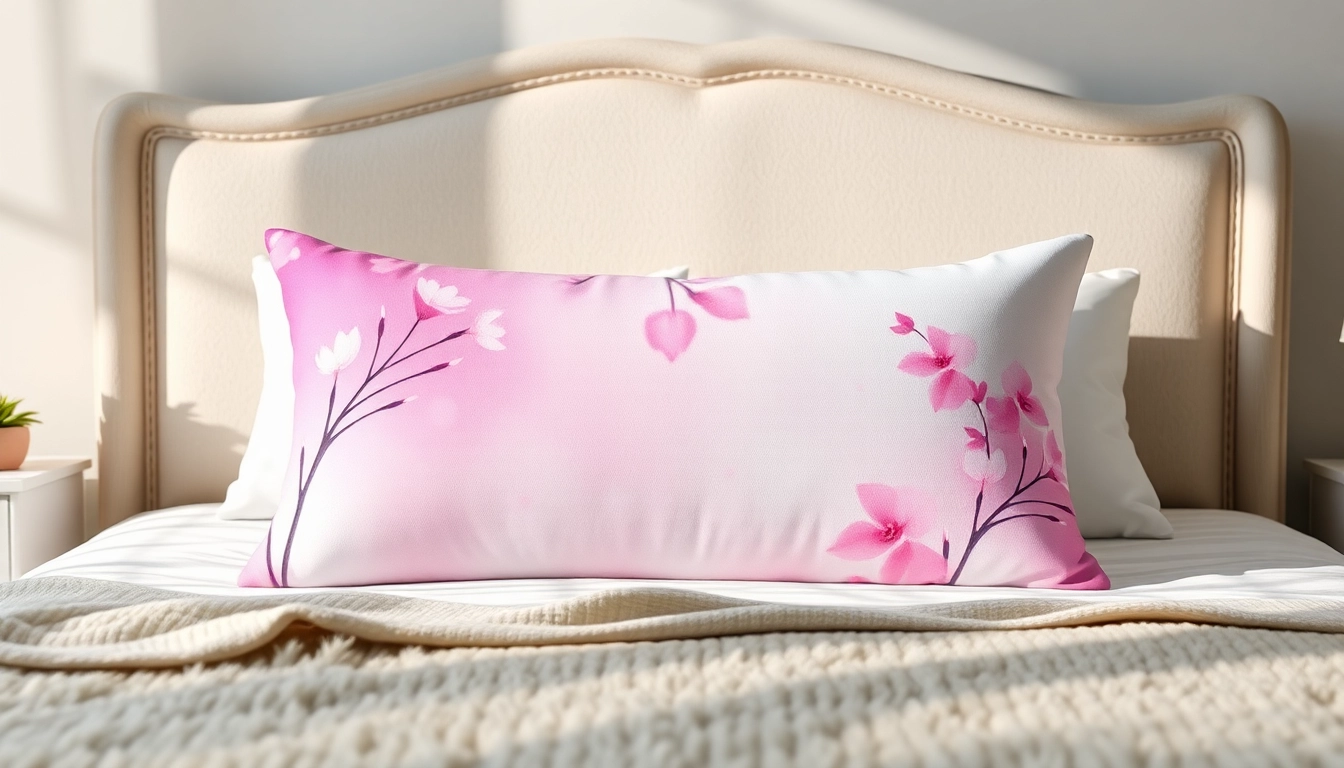Understanding Button Pins
What Are Button Pins?
Button pins, often referred to simply as pins, are small, decorative items that can be attached to clothing, bags, or other fabric surfaces. Typically made of metal, plastic, or a combination of materials, these pins serve both functional and decorative purposes. They usually consist of a front design and a backing that allows them to be pinned securely in place. The front design can feature logos, artwork, slogans, or photographs, making them a versatile medium for personal expression and promotion. Customization options abound, letting enthusiasts create unique pieces that reflect their interests, brand values, or artistic inclinations. For those looking to explore a plethora of designs, button pins provide an excellent canvas for creativity.
History of Button Pins
The history of button pins is fascinating and dates back to the late 19th century. Originally created as a quick and efficient means of fastening clothing, the practice of embellishing these functional items began shortly thereafter. They evolved alongside the growth of the advertising and marketing industries, becoming a popular way for companies to promote their brands during events and campaigns. In the 1960s and 1970s, button pins emerged as symbols of political and social movements, with designs serving as rallying cries for change. Today, they remain beloved by many, transcending their practical origins to become integral pieces of personal style and statement-making.
Popular Uses for Button Pins
Button pins have a variety of applications that extend far beyond mere decoration. Here are some popular uses for these versatile items:
- Promotional Items: Businesses frequently use button pins in marketing campaigns, distributing them at events to create buzz and foster brand recognition.
- Fashion Statements: Many use button pins as a way to express personal style, showcasing their interests or affiliations through their fashion choices.
- Fundraising and Awareness: Non-profit organizations often utilize button pins to raise awareness for causes, allowing supporters to wear their values proudly.
- Event Souvenirs: Button pins are popular mementos at events, commemorating concerts, conferences, and social gatherings.
Designing Custom Button Pins
Choosing the Right Design Elements
When creating custom button pins, selecting the right design elements is crucial for ensuring that the final product effectively communicates the desired message or aesthetic. Some important factors to consider include:
- Typography: The font style needs to be readable and align with the overall theme and purpose of the button pin. Playful fonts may suit artistic designs, while sleek fonts work better for a professional context.
- Imagery: High-quality images or illustrations should be chosen carefully, considering clarity and relevance. Images with fewer colors can be more effective when printed on small formats.
- Size and Shape: Button pins come in various sizes and shapes; selecting the right dimensions can enhance visibility and ensure the design’s impact.
Color Psychology in Button Pins
Colors evoke emotions and associations, and understanding color psychology can significantly enhance button pin design. For instance:
- Red: Often linked to passion and urgency, perfect for calling attention to an important message.
- Blue: Conveys trust and professionalism, making it ideal for corporate marketing buttons.
- Green: Associated with health and the environment, suitable for causes related to nature.
- Yellow: Represents optimism and energy, great for cheerful designs.
Incorporating the right colors can not only attract the right audience but also elicit the desired response from viewers.
Leveraging Trends for Unique Creations
Staying ahead in design trends can distinguish your custom button pins from the crowd. Here are some current trends to consider:
- Minimalism: Simple, clean designs with limited text and graphics are gaining popularity for their effectiveness.
- Eco-friendly Materials: Using biodegradable or recycled materials can appeal to environmentally-conscious consumers.
- Interactive Designs: Incorporating QR codes that link to websites or campaigns can create engagement opportunities.
Producing High-Quality Button Pins
Materials Used for Button Pins
The material chosen for button pins plays a crucial role in their durability and aesthetic appeal. Common materials include:
- Metal: Often used for its durability and classic appeal, metal button pins are standard in promotional products.
- Plastic: Lightweight and affordable, plastic offers versatility in design and production methods.
- Plywood or Bamboo: Emerging trends include sustainable options, lending a unique and eco-friendly characteristic to button pins.
Best Production Techniques
Producing high-quality button pins requires employing the best techniques to ensure clarity and durability. Some effective techniques include:
- Digital Printing: This method allows for detailed designs and can be used effectively for complex images.
- Screen Printing: Ideal for simpler designs, it offers vibrant colors and good durability.
- Button Making Machines: For those interested in DIY, various machines are available that simplify the button-making process.
Quality Control Measures
Ensuring quality is critical in button pin production. Effective quality control measures might include:
- Sample Testing: Always produce samples to evaluate the final look and feel of the button pins prior to mass production.
- Material Sourcing: Ensure that the materials used are of high quality and sourced from reliable suppliers.
- Feedback Loops: Collecting feedback from customers and stakeholders can provide insights into potential improvements.
Marketing Your Button Pins
Target Audience Identification
Understanding who your target audience is will guide the marketing strategy for button pins. Potential audiences include:
- Fashion-Forward Individuals: Young consumers looking for ways to express their identity through accessories.
- Organizations: Non-profits or businesses interested in promotional items.
- Event Planners: Those needing customized merchandise for specific occasions.
Effective Promotion Strategies
To successfully market your button pins, consider these strategies:
- Social Media Marketing: Use platforms like Instagram, Pinterest, and Facebook to showcase your designs and reach a broader audience.
- Local Events and Fairs: Participate in community events where your target audience gathers.
- Collaborations: Partner with artists, musicians, or organizations to expand your reach and visibility.
Utilizing Social Media for Engagement
Social media can be a powerful tool for engaging with potential customers. Here are several ways to leverage it:
- Visual Content: Regularly post high-quality images of your button pins, showcasing them in different settings or on various outfits.
- User-Generated Content: Encourage customers to share photos of themselves wearing your button pins and repurpose that content for your promotion.
- Contests and Giveaways: Run campaigns that invite users to engage with your brand for a chance to win customized button pins.
Measuring Success with Button Pins
Tracking Sales Performance
Monitoring sales performance is essential to understand the effectiveness of your marketing and production strategies. Key metrics to track may include:
- Total Revenue: A simple yet powerful metric to gauge overall business health.
- Sales by Channel: Understanding which sales channels are most effective can help guide resource allocation.
- Conversion Rates: Tracking how many potential customers make a purchase gives insight into marketing effectiveness.
Analyzing Customer Feedback
Customer feedback can provide valuable insights into your product’s quality and design. Consider methods such as:
- Surveys and Polls: Deploy surveys after purchase to gather detailed feedback from customers.
- Reviews and Testimonials: Actively monitor online reviews and encourage satisfied customers to leave positive feedback.
- Focus Groups: Engage small groups of target customers for in-depth discussions about your products and possible improvements.
Adjusting Strategies Based on Metrics
Regularly reviewing performance metrics will allow you to adapt strategies as needed. Here are tips on adjusting your approach:
- Identify Trends: Look for patterns in sales, feedback, and market changes to adjust your offerings progressively.
- Test and Learn: Implement changes gradually and test how they impact performance to ensure data-driven decisions.
- Be Flexible: The button pin market can be influenced by trends, so being ready to pivot based on new information is crucial for sustained success.




